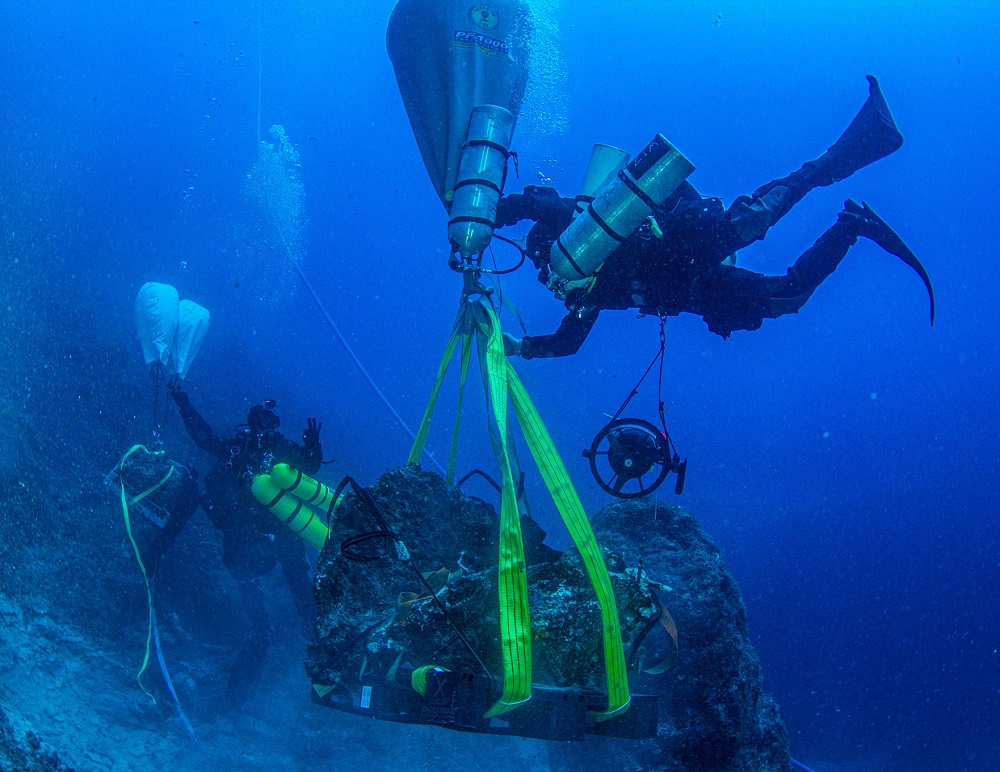
Rich in findings was the second period (23 May – 15 June 2022) of the underwater archaeological research at the Antikythera shipwreck, in the framework of the 2021-2025. The research is being carried out by the Swiss The research is conducted by the Swiss School of Archaeology in Greece under the direction of Dr. Angeliki G.Simossi. The Greek Archaeological Research Centre in Greece is being run by the Greek Archaeological Institute of Greece, under the auspices of the Archaeological Institute of Greece, Head of the Ephorate of Antiquities of Evia, and Professor of Classical Antiquities Lorenz Baumer of the University of Geneva, under the supervision of Ephorate of Maritime Antiquities. The research is under the auspices of the President of the Republic.
The expedition began with the lifting of massive rocks weighing several tons, the covering part of the wreck. During this phase the following were used special lifting bags from the seabed were used, with the innovation of applying the the application of a system for filling air from the boat, developed by the Hublot team Xplorations.
Among the new findings are included:
A marble statue base of which both bare lower limbs of a human figure survive, covered with a thick layer of marine epiphany. For this reason a detailed description is not possible.
Marble supernatural head of a bearded male figure, which at first sight is identified with the demigod Hercules of the Farnese type, the so-called ‘Hercules of Antikythera’, and probably belongs to the headless statue No 5742 of the National Archaeological Museum, which was lifted by sponge divers in 1900.
The big surprise comes from the discovery of two human teeth on a solid aggregate with traces of copper, which through its genetic material will help determine the sex and other genetic characteristics of the person to whom they belonged.
Numerous objects from the ship’s rigging, such as copper and iron nails, as well as the lead pole of a wooden anchor, but also metal amorphous masses covered by hard marine epigraphy, hiding their own secrets, which can only be deciphered by X-ray and any existing symbolic representations can be identified.
The antiquities were safely transferred from Antikythera to the premises of the Ephorate of Underwater Antiquities in accordance with the instructions of the Conservation Department of the Ephorate.
In addition to the directors of the research, the expedition included Prof. of the University of Venice Carlo Beltrame and the researcher of the same Dr. Elisa Costa of the same university, Orestis Manousos and Dr. Isaac Ogloblin, the Alexandros Sotiriou, associate researcher at the University of Geneva, who led the field operation, divers Haris Mitrou, Nikos Yiannoulakis and Dimitris Romios. At the same time, four men took part, including experienced members of the Underwater Missions Unit (SMU) of the Coast Guard Corps – Greek Coast Guard, Aris Machairidis, Dimitris Hajiaslan, Dimitris Kyosis and George Lytrivis.
For the conduct of the underwater survey and excavation, dives were made by by specialized diving personnel, using mixed diving equipment gases. In addition to the divers of the Coast Guard, the diving work was assisted by scientific and technical staff of the Department of Research and development of the company Hublot, and the special ship TYPHOON, which was provided by the Athanasios K. Laskaridis Public Benefit Foundation.
The diving effort was supported by the crew of the Typhoon under the under the coordination of Vice Admiral (retired). Alexandros Palatianos and by the team of Hublot Xplorations with Mathias Buttet, Michel Blumenthal, Aloïs Aebischer and Diego Carven. The survey was supervised by the diving architect of Aikaterini Tagonidou, architect of the Ephorate of Underwater Antiquities.
The Faculty of Sciences of the University of Geneva (Laboratory Crystallography Laboratory and Department of Earth Sciences) provided laboratory equipment to carry out on-site analyses.
The main sponsors of the research are the Aikaterini Laskaridis Foundation and the Swiss Hublot watchmaking company. The research was also supported by the Swiss Nereus Foundation Research, established for the main purpose of supporting Antikythera research, as well as Cosmote as the communication sponsor of the survey.
Thanks are due personally to Panos Laskaridis and Kythera’s Mayor Efstratios Harhalakis, for their continued support of the archaeological research. Stable supporters of the project are the residents of Kythera and of Antikythera.
Official website of the research project: antikythera.org.gr


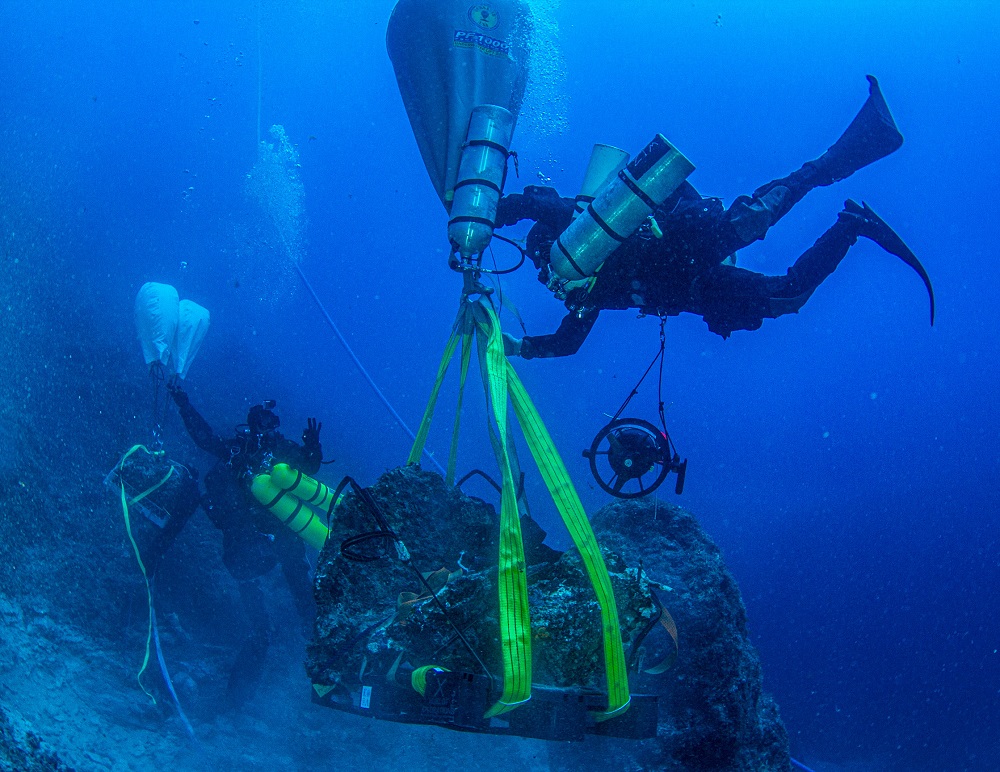
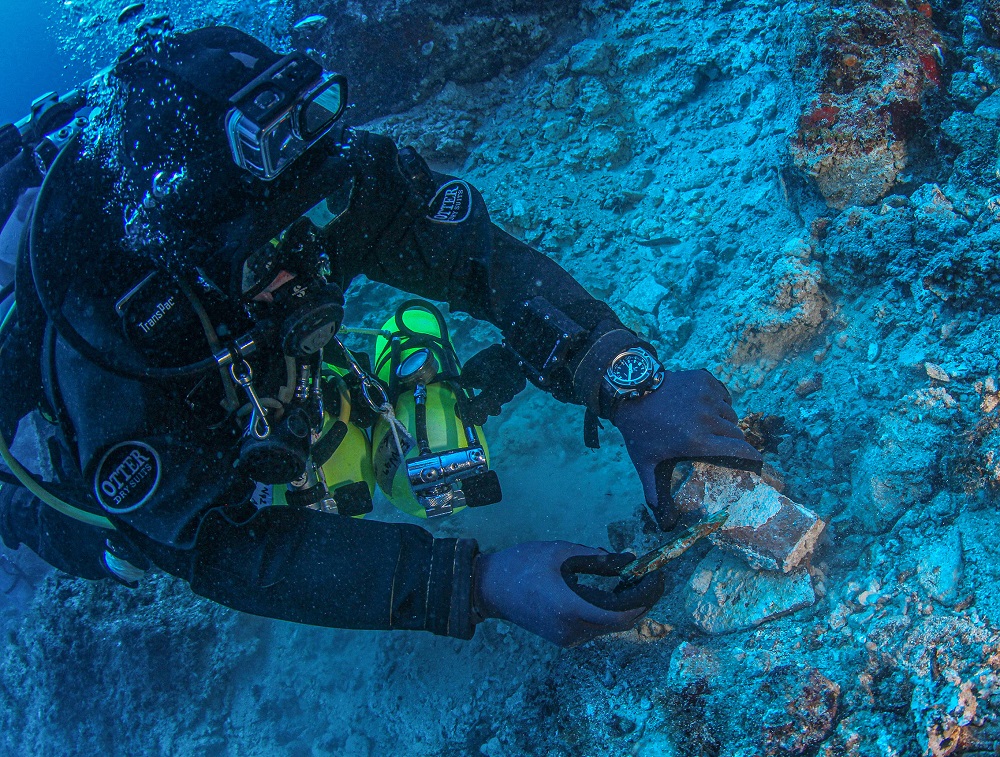
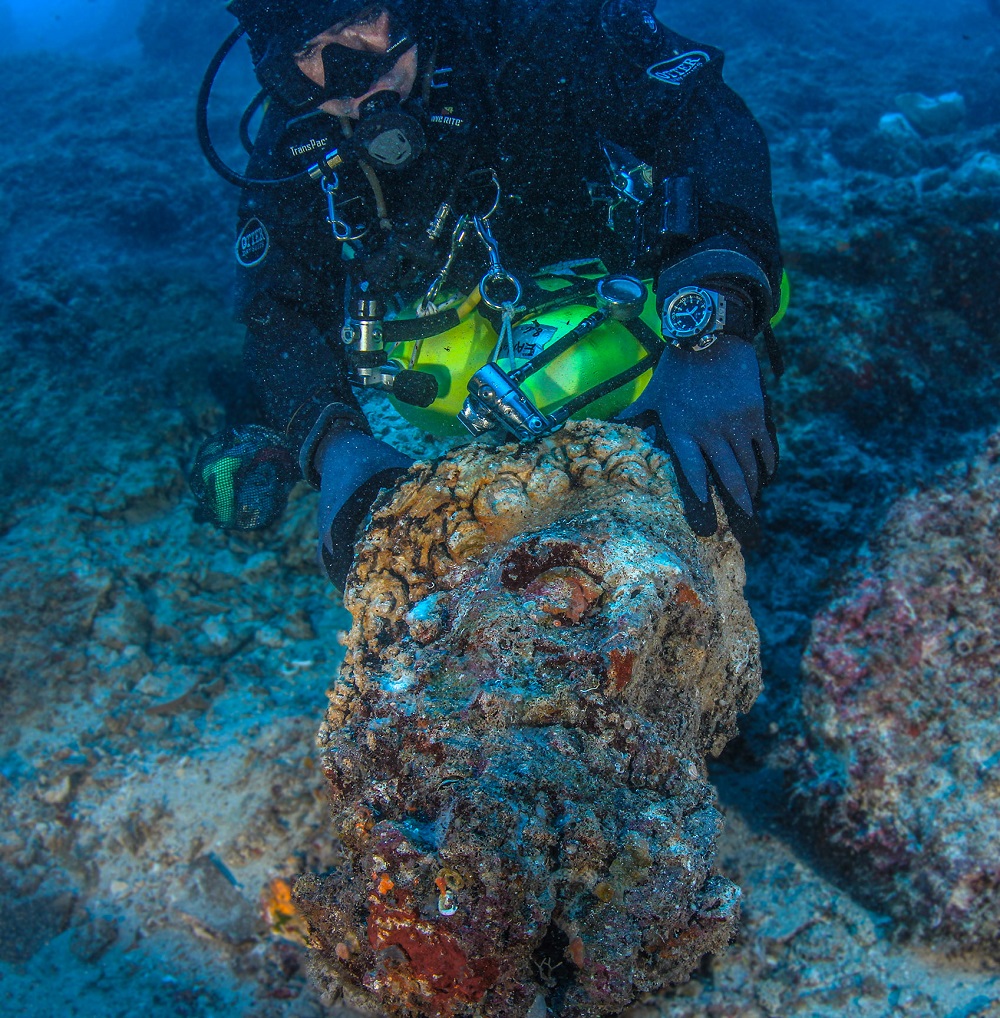
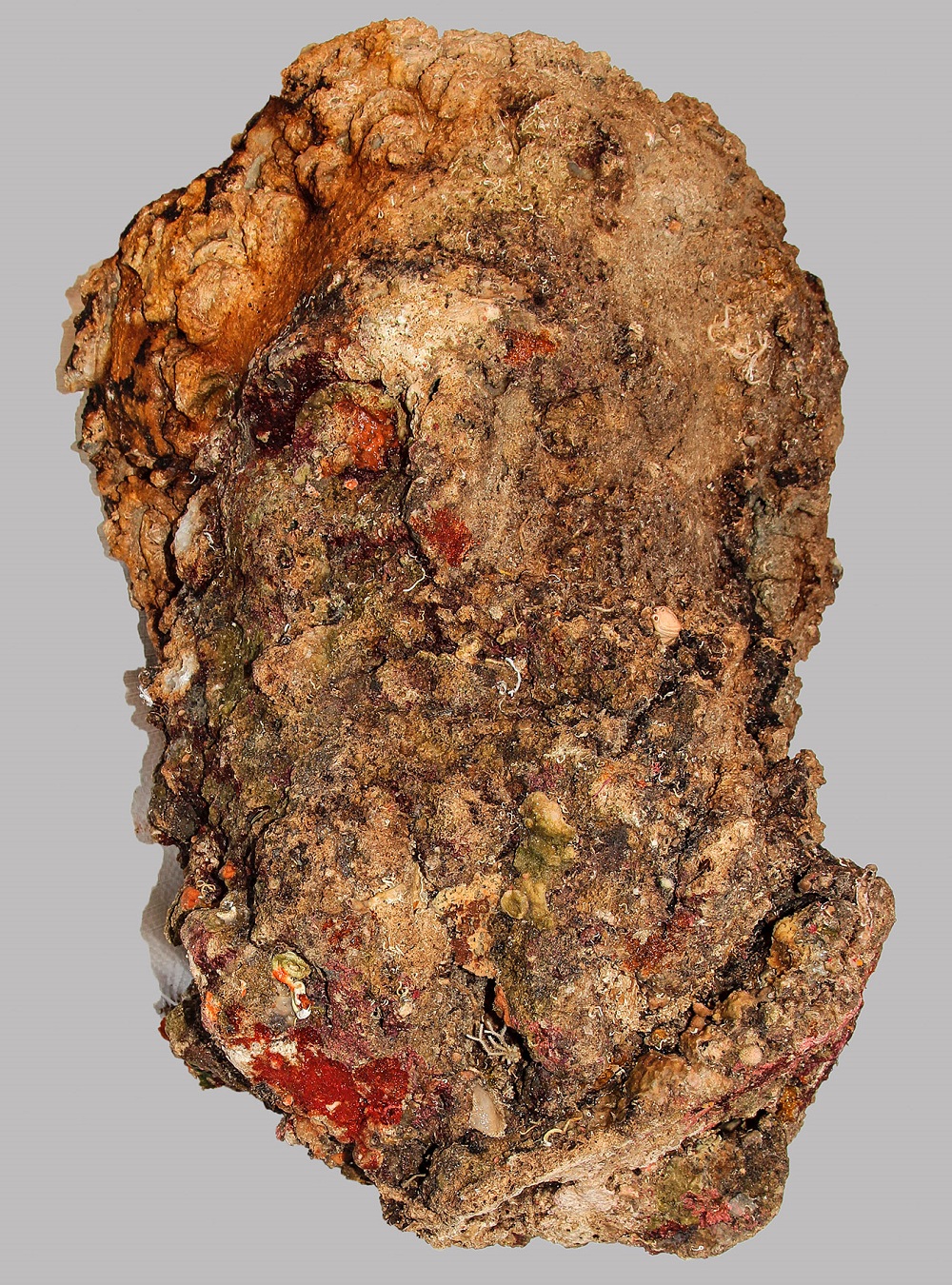
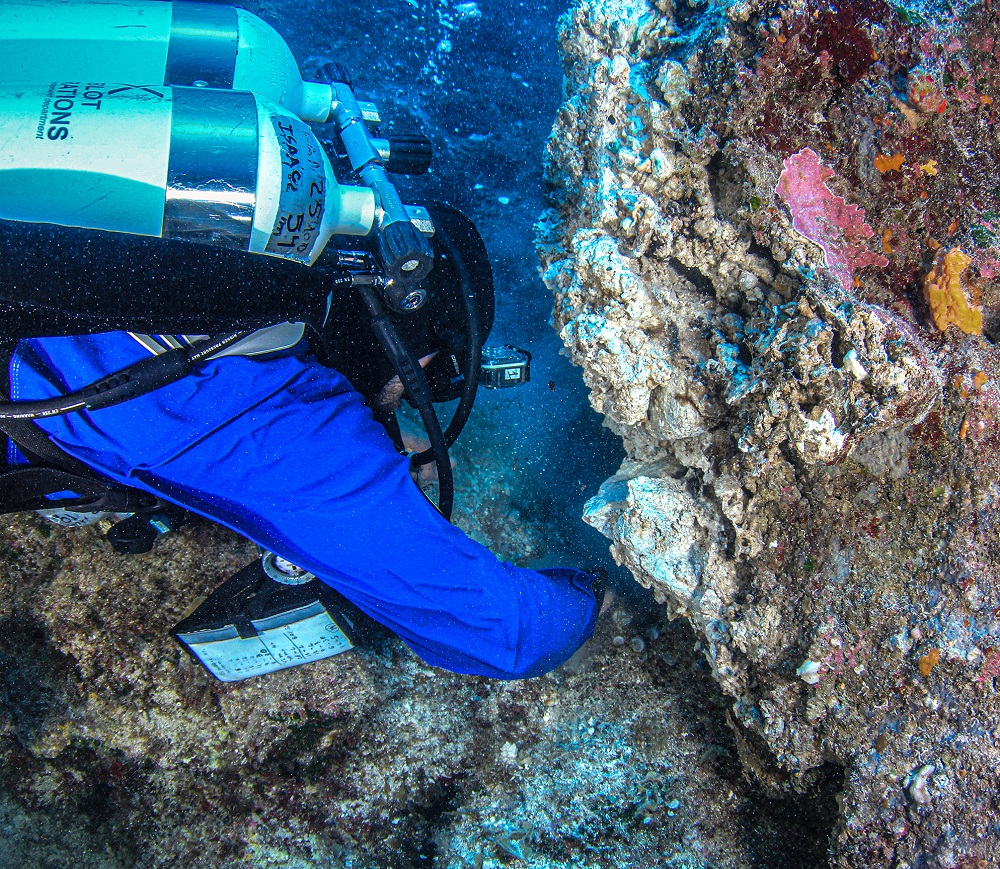
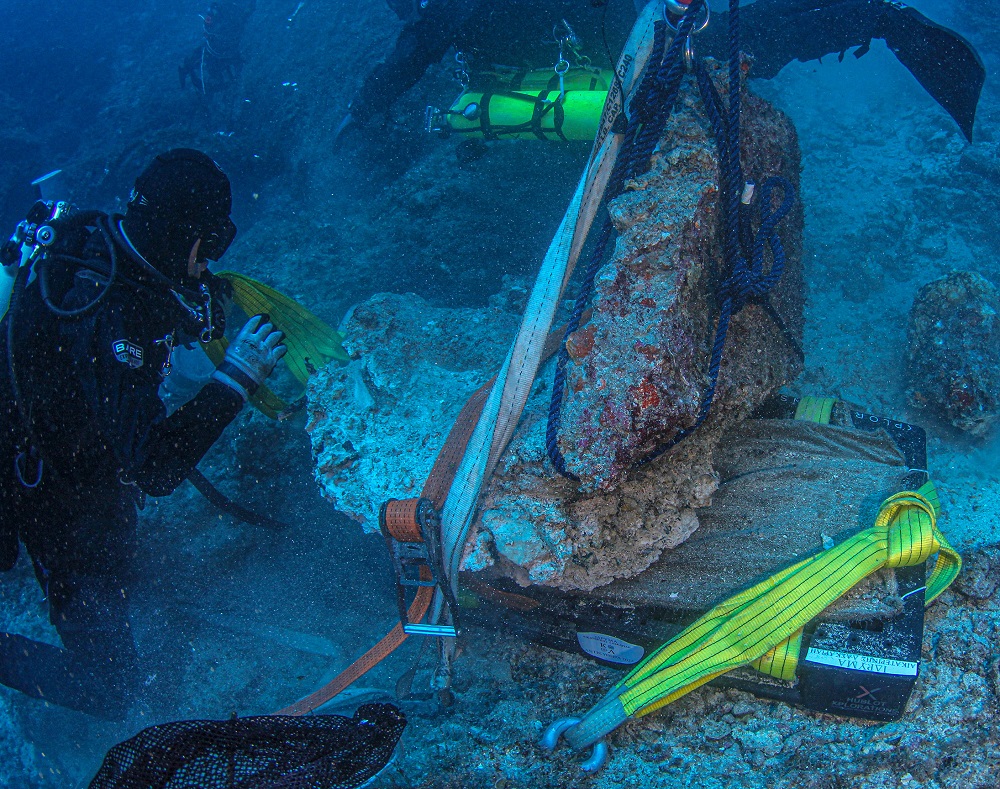
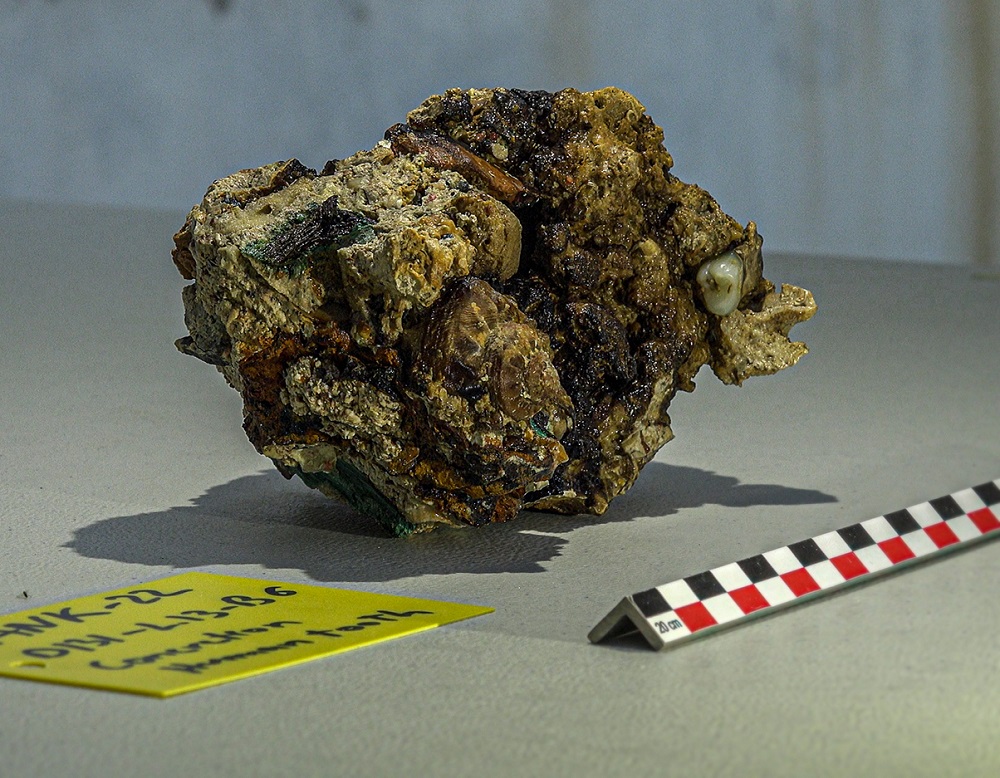
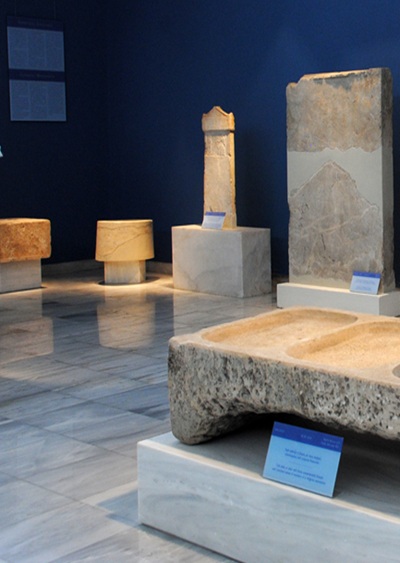
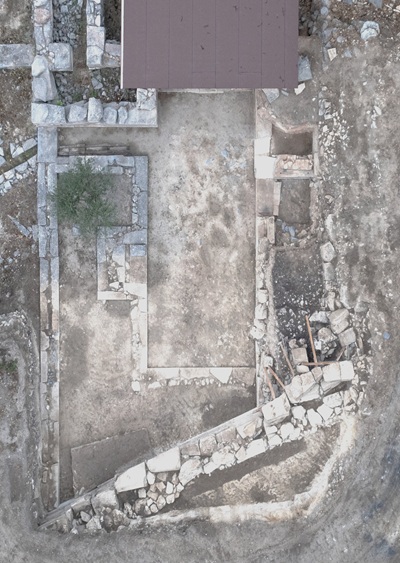
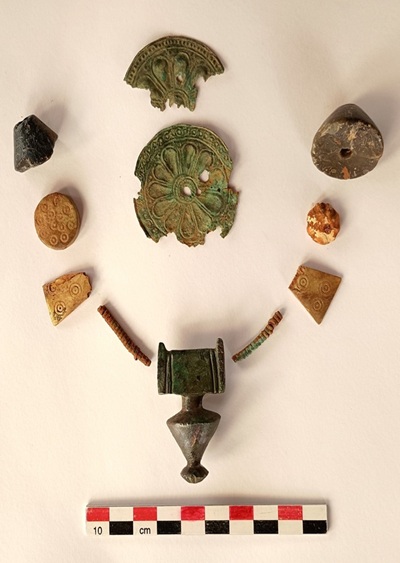
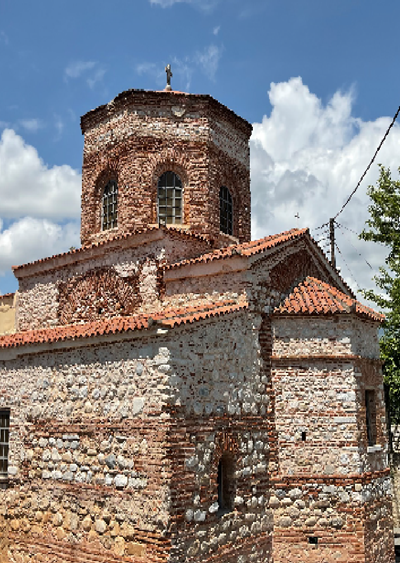


Leave A Comment